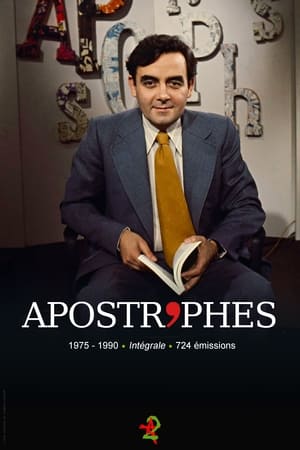Biography
Daniel Schneidermann (born 5 April 1958, Paris) is a French journalist who focuses on the analysis of televised media. He is mainly active in weekly columns—in the past in Le Monde and presently in Libération and on a video channel: Arrêt sur images (Freeze-frame), formerly broadcast by the public TV channel France 5, but currently financed by subscription. The television show was canceled in 2007 by France 5 direction, an incident that led to the creation of the Arret Sur Images web site.
After his studies at the Centre de formation des journalistes, Daniel Schneidermann joined the newspaper Le Monde in 1981, where he was made a foreign correspondent in 1983. In 1992, he began writing daily columns on television for Le Monde, critiquing the way in which TV presents information and influences viewers, continuing the tradition of television criticism begun thirty years earlier by writers like François Mauriac or Morvan Lebesque (see, on this subject, the book The Critical Eye - The Television Critic (L'œil critique - Le journaliste critique de télévision) by Jérôme Bourdon and Jean-Michel Frodon.)
In 1995, the success of his written columns allowed him to create a weekly program on France 5 called "Arrêt sur images" ("Freeze-Frame"), which he both produced and moderated. The journalist Pascale Clark anchored the show with him during the first year. The objective of Arrêt sur images is to "decode" television's images and talk, and with the help of diverse columnists and journalists, to analyze the sources and the effectiveness of the narrative use of media. The program tries to use the Internet for the purposes of self-criticism. Each month, an internet "forum-master," who is responsible for following the viewer debates in the internet forum for Arrêt sur images, comes on the show to question Daniel Schneidermann about remarks submitted by the contributors to the site.
Schneidermann wrote weekly columns for Le Monde until October 2003, when he was fired, after the publication of his book The Media Nightmare (Le Cauchemar médiatique), in which he deplored the fact that the management of Le Monde had not responded to criticism directed at them by the authors of the book The Dark Side of Le Monde. In his last column (A Column at Sea or Une chronique à la mer), he related how disappointed and surprised he was by the sanctions of a paper, which vaunts its transparency.
He became a media columnist for the daily newspaper Libération, whose publisher, Serge July, he had derided in 1989 in his book Where are the cameras? (Où sont les caméras?); notably, July rebuked Schneidermann for having "changed sides."
Schneidermann shows an equal interest in analysis of the internet as a source of data, notably in regard to the development of blogs, and of the Wikipedia website. In 2006, for example, he stated that he considered the development of anonymous biographers and encyclopedists a terrifying prospect.
As a media critic, Schneidermann has become the target of criticism, either directed at himself personally or at his show, Freeze-Frame. ...
Source: Article "Daniel Schneidermann" from Wikipedia in English, licensed under CC-BY-SA 3.0.





